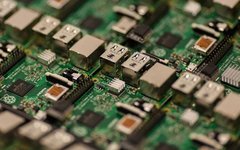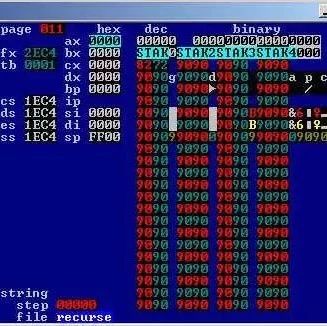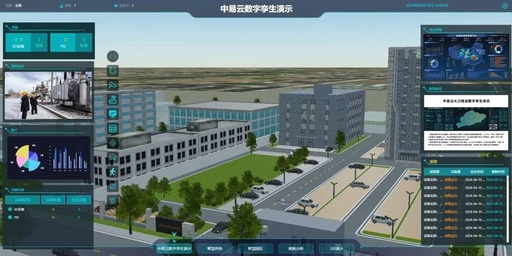Exploring Microcontrollers: Understanding The Three Major Registers
In the world of microcontrollers, registers play a crucial role. They are not only key components for data storage and processing but also the core of various operations performed by the microcontroller. Based on type, they can be divided into program memory, data memory, and special function registers. 1. Program Memory Program memory, as the … Read more







